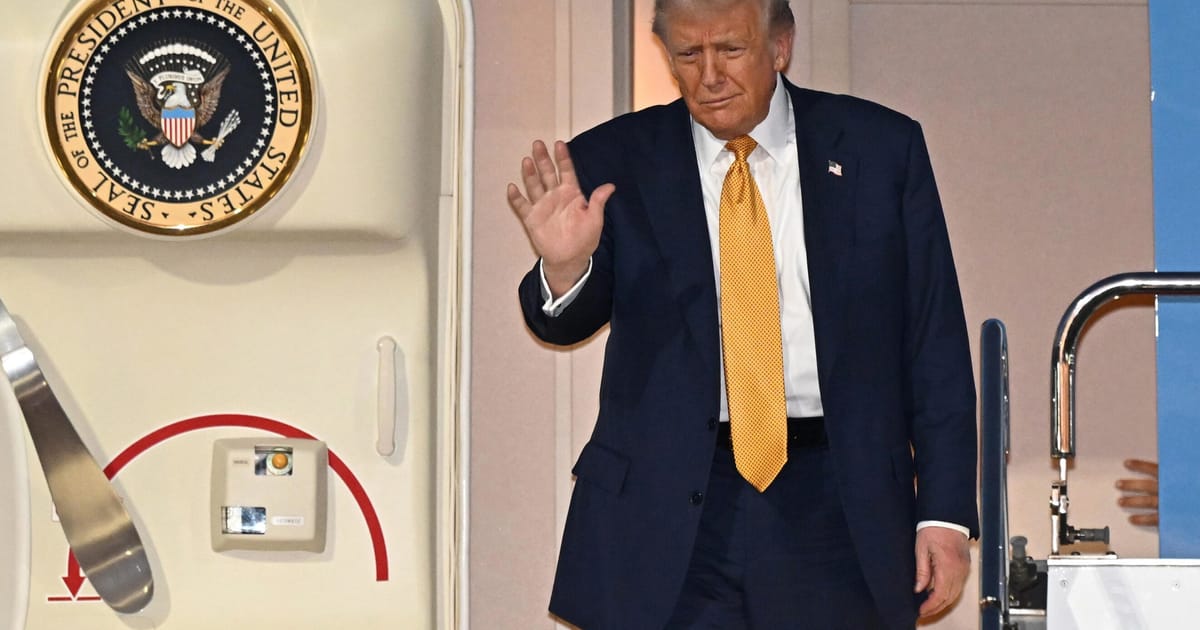In the nearly three years since AI took center stage in Silicon Valley, the major players, with the exception of Nvidia, whose chips would likely still be in use post-bust, still haven’t demonstrated what their long-term AI business model will be. OpenAI, Anthropic, and the AI-embracing tech giants are burning through billions, inference costs haven’t fallen (those companies still lose money on nearly every user query), and the long-term viability of their enterprise programs are a big question mark at best. Is the product that will justify hundreds of billions in investment a search engine replacement? A social media substitute? Workplace automation? How will AI companies price in the costs of energy and computing, which are still sky-high? If copyright lawsuits don’t break their way, will they have to license their training data, and will they pass on that additional cost to consumers? A recent MIT study made waves—and helped stoke this most recent wave of bubble fears—with a finding that 95 percent of firms that adopted generative AI did not profit from the technology at all.
“Usually over time, uncertainty goes down,” Goldfarb says. People learn what’s working and what’s not. With AI, that hasn’t been the case. “What has happened in the last few months,” he says, “is that we’ve realized there is a jagged frontier, and some of the earliest claims about the effectiveness of AI have been mixed or not as great as initially claimed.” Goldfarb thinks the market is still underestimating the difficulty of integrating AI into organizations, and he’s not alone. “If we are underestimating this difficulty as a whole,” Goldfarb says, “then we will be more likely to have a bubble.”
AI’s closest historical analogue here may be not electric lighting but radio. When RCA started broadcasting in 1919, it was immediately clear that it had a powerful information technology on its hands. But less clear was how that would translate into business. “Would radio be a loss-leading marketing for department stores? A public service for broadcasting Sunday sermons? An ad-supported medium for entertainment?” the authors write. “All were possible. All were subjects of technological narratives.” As a result, radio turned into one of the biggest bubbles in history—peaking in 1929, before losing 97 percent of its value in the crash. This wasn’t an incidental sector; RCA was, along with Ford Motor Company, the most high-traded stock on the market. It was, as The New Yorker recently wrote, “the Nvidia of its day.”
Pure Play
Tech investors are supposed to invest in tech products—tangible tools and services with provable profit streams. So what happens when there’s frothy new tech but no real killer app idea yet? Then the venture capitalists go for “pure plays.” They bet on companies that, in turn, have bet their own survival on being the first to discover a marketable product.
So far this year, according to Silicon Valley Bank, 58 percent of all VC investment has gone to AI companies. When a sector is seeing a lot of pure plays, according to Goldfarb and Kirsch’s framework, it’s more likely to overheat and have a bubble. SoftBank has plans to sink tens of billions of dollars into OpenAI, the purest AI play there is, though it’s not yet open to retail investments. (If and when it finally is, analysts speculate that OpenAI may become the first trillion-dollar IPO.) Investors have also backed pure-play companies such as Perplexity (now valued at $20 billion) and CoreWeave ($61 billion market cap). In the case of AI, these pure-play investments are especially worrying, because the biggest companies are increasingly bound up with one another. Nvidia just announced a $100 billion proposed investment in OpenAI, which in turn relies on Nvidia’s chips. OpenAI relies on Microsoft’s computing power, the result of a $10 billion partnership, and Microsoft, in turn, needs on OpenAI’s AI models.
First Appeared on
Source link













